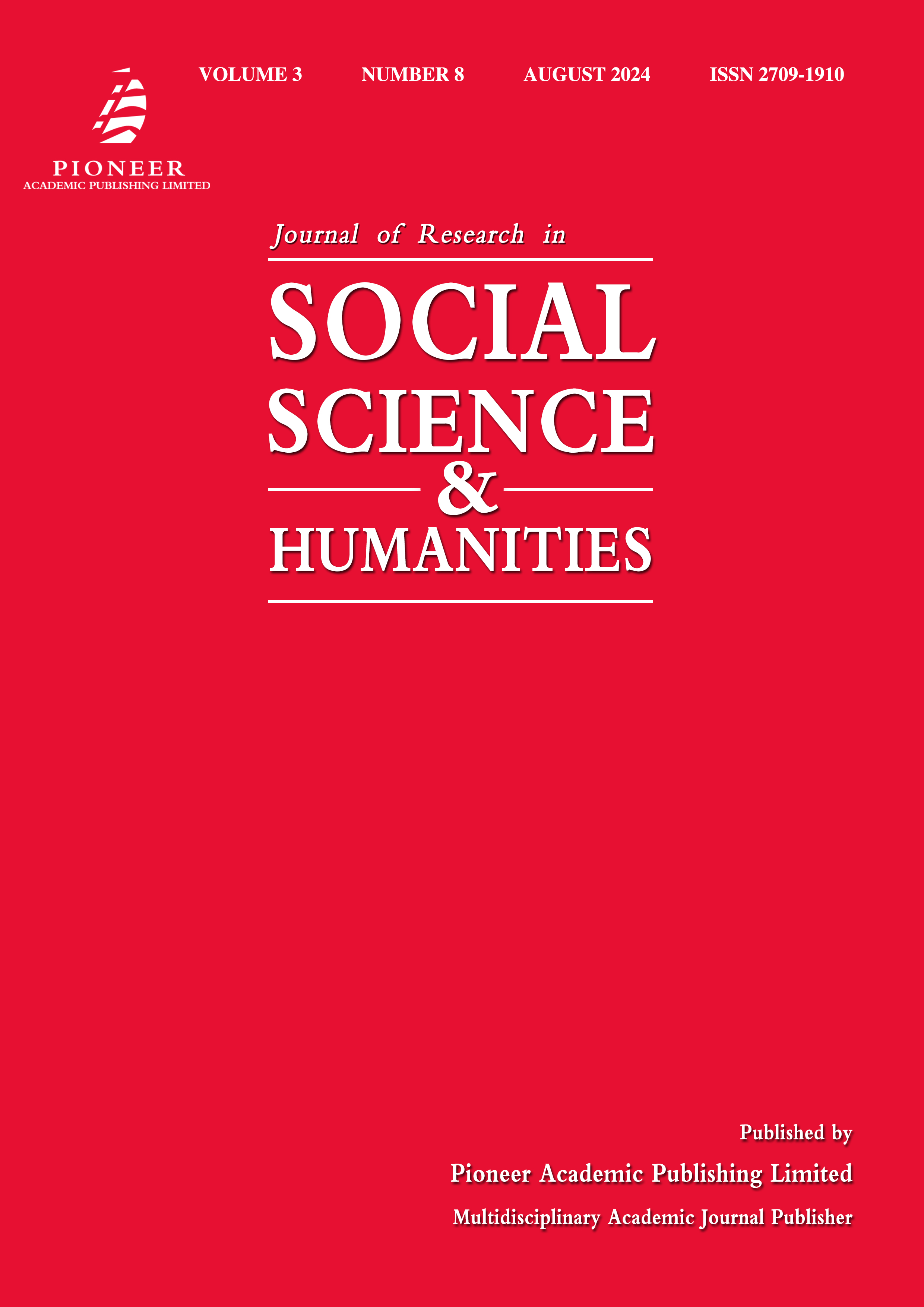Examining the Relationship Between Fertility Rates and Socioeconomic Development in Rural and Urban Ethiopia: A Demographic Analysis from 2000 to 2020
Keywords:
fertility rates, socioeconomic development, urbanization, education, healthcare accessAbstract
This study explores the relationship between fertility rates and socioeconomic development in Ethiopia, focusing on the period from 2000 to 2020. The analysis reveals significant regional disparities in fertility rates, driven by varying levels of urbanization, education, healthcare access, and cultural and religious norms. Urban areas, particularly major cities like Addis Ababa, have experienced a marked decline in fertility rates due to better access to education, employment, and reproductive healthcare services. Conversely, rural regions continue to exhibit higher fertility rates, influenced by traditional cultural practices and limited access to healthcare. The study also examines the impact of government policies, particularly family planning initiatives, on fertility outcomes and highlights the role of economic development programs in shaping reproductive behavior. The findings underscore the importance of targeted, culturally sensitive approaches to managing fertility rates across Ethiopia’s diverse regions, with a focus on improving access to education and healthcare and addressing cultural and religious barriers to family planning.


